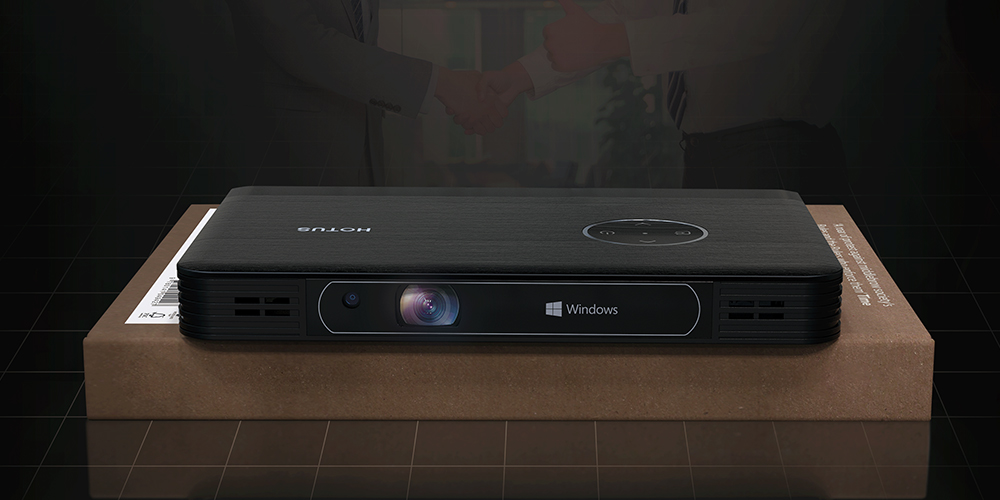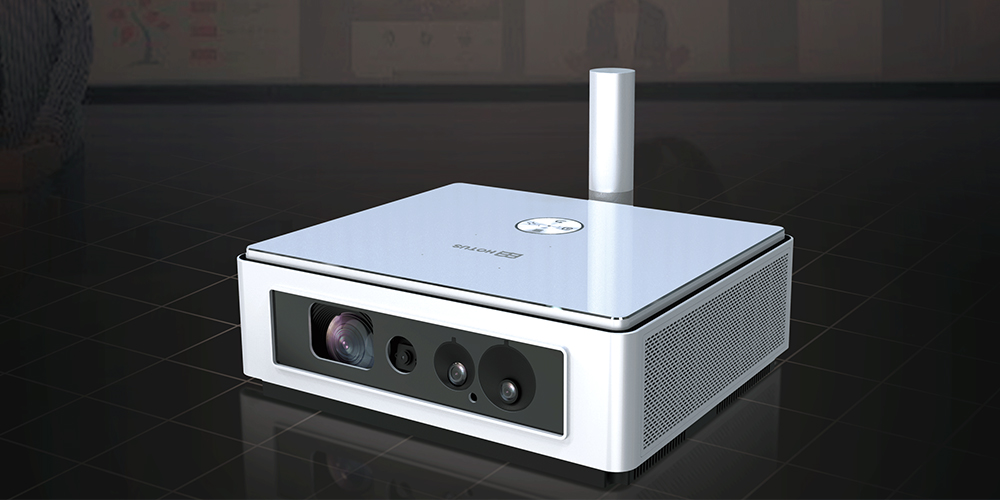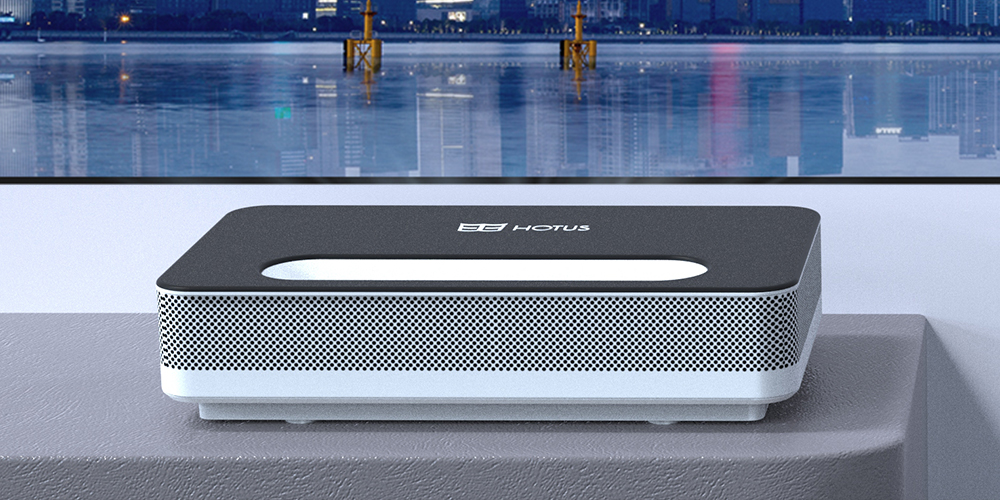- Select Language
How to select the screen of projection screen?
Keywords: Projector Screen Size. Screen Type. Screen Material
Projection screen is one of the most commonly used products in projector peripherals. Then what should we pay attention to when purchasing projector screens?

1.Proportion/Size of the screen
The size of the projection screen is very important. Here are some ratios of screen, 4:3, 16:10, 16:9 and 5:4.
A screen with ratio of 4:3, the most common, is an ancient standard handed down from the age of television.
A screen with ratio of 16:10 is a common "wide screen" ratio. You could read this within the specification of WVGA (800*480), most medium and small Netbooks.
A screen with ratio of 16:9 is mainly used by HD TVs. The 720P and 1080P we often hear is all of this ratio. Suitable for video viewing and office operations, but relatively poor if used for games.
The screen ratio is 5:4, SXGA, 1280*1024, the screen is relatively square.

2. Screen Category
Projection screens could generally be divided into two types: reflective one and transmissive one.
Reflective screens are used for front projection and transmissive screens for rear projection. In terms of the shape of the screen surface, front projection screens can be divided into flat screens, curved screens, cylindrical screens and trapezoidal screens; in terms of texture, they can be divided into glass screens, metal screens and embossed plastic screens, etc.
In general, the picture effect of hard screens is better than that of soft screens.

3. Screen Material
The common screen materials are white plastic material and glass bead material. The white plastic one has the effect of enhancing the viewing angle, and the glass bead one has the effect of enhancing the brightness.
The white plastic material is a typical diffuse scattering screen. The diffuse scattering screen scatters the incident light of the projector evenly in all directions, which makes it possible for the viewer to see the same image clearly at every angle.
The glass bead screen is a typical retro-type screen. Since the glass beads on the screen will reflect the light back in the incident direction of the projected light, the viewer can usually see bright and vivid images at the viewing and listening position.
When there are a large number of people watching the movie or when the movie is viewed horizontally, the white plastic screens would be recommended with priority. Family living rooms and other occasions where the viewing position is relatively fixed, you could select the glass bead screens.